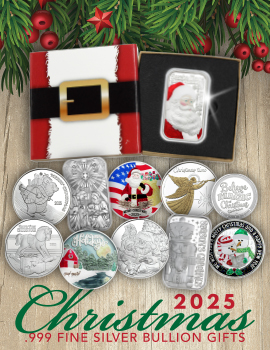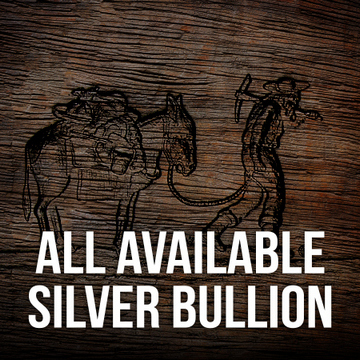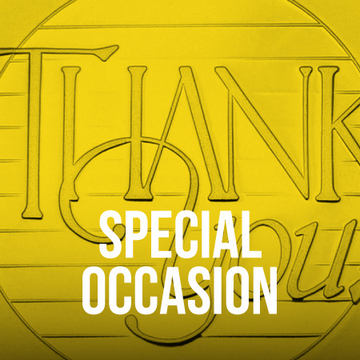
We know as collectors that $1,000 notes existed, but it still does not lessen the shock of them doing so. Thinking about those notes especially now seems comical, but back then they were considered a “stock-in-trade item” to Q. David Bowers and David M. Sundman, authors of the 100 Greatest American Currency Notes. We will continue our blog series covering Whitman Publishing’s compilation today with more on the denomination.
#99 – Series of 1928, Small Size $1,000 Federal Reserve Note
Depicting the 22nd and 24th President of the United States, Grover Cleveland, on the face of the note, the small size $1,000 denomination began in 1928. It also included the Series of 1934 and 1934-A. Authors Bowers and Sundman note that thousands of these currency notes exist, touching once again on them being considered stock-in-trade items for paper money dealers.
There have been several different occurrences over the years that have seen the notes come back onto the market. For instance, the authors make note of the nearly 2,000 of them that appeared in the late 1990s in conditions ranging from Very Fine to Extra Fine and were said to have been uncovered in Russia.
The Series of 1928 $1,000 notes are also the only series complete with all 12 Federal Reserve Bank locations. Those banks include Boston, New York, Philadelphia, Cleveland, Richmond, Atlanta, Chicago, St. Louis, Minneapolis, Kansas City, Dallas, and San Francisco. Notes printed in Boston, New York, Philadelphia, and Chicago are more so available to collectors because they issued more notes than the Federal Reserve banks of Atlanta and Minneapolis.
In 1960, the historic market value for the Series 1928 $1,000 Small Size note was $1,075 in Choice Crisp Uncirculated. By this publication (2005) it was valued at $4,800.







